Asian Pear Tree
- September 21, 2023
- 0 comment
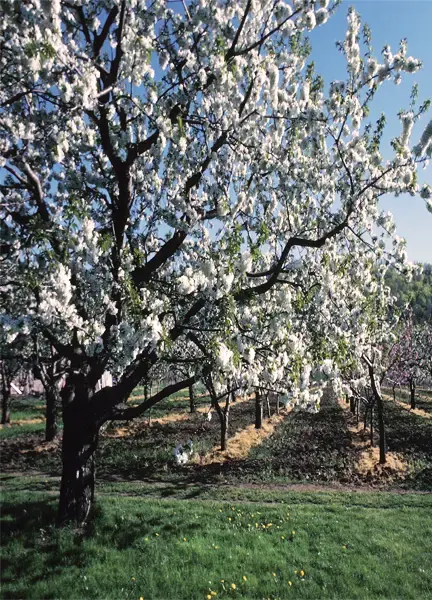
- Common Name: Asian Pear Tree
- Botanical Name: Pyrus pyrifolia
- Family: Rosaceae
- Plant Type: Deciduous fruit tree
Lumber
Asian Pear trees are not typically grown for lumber, as they are primarily cultivated for their fruit. However, their wood can be used for various small-scale woodworking projects.

Mature Size and Growth Rate
Asian Pear trees are moderate-sized trees, typically reaching a height of 15 to 30 feet (4.5 to 9 meters) and a spread of 10 to 15 feet (3 to 4.5 meters). They have a relatively slow to moderate growth rate, taking several years to reach maturity.
Soil Type
Asian Pear trees exhibit their best growth and fruit production in well-drained, loamy soils that are generously enriched with organic matter. Loamy soils, often referred to as the gardener’s ideal soil, strike a balance between sand, silt, and clay particles, providing a combination of good drainage and moisture retention. This characteristic is particularly crucial for Asian Pear trees as it ensures that the roots do not become waterlogged, reducing the risk of root rot and other moisture-related issues.
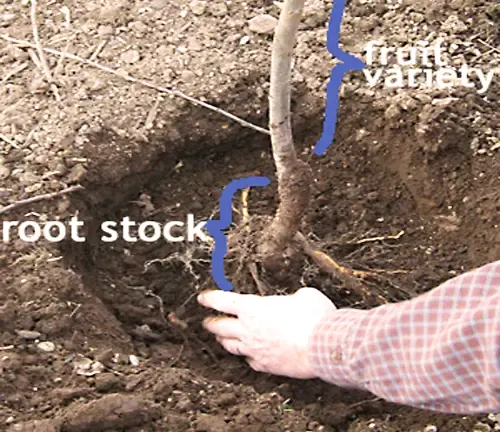

Soil Preferences
Asian Pear trees have specific preferences when it comes to soil pH and composition. They thrive in soils that are slightly acidic to neutral, typically within a pH range of 6.0 to 7.5. This pH range is conducive to optimal nutrient uptake by the tree’s roots. Soils within this pH range provide an ideal environment for the absorption of essential minerals such as nitrogen, phosphorus, and potassium, as well as micronutrients like iron and zinc. When the soil pH falls within this specified range, it helps prevent nutrient deficiencies and ensures that the tree can efficiently convert these nutrients into healthy growth and fruit production.
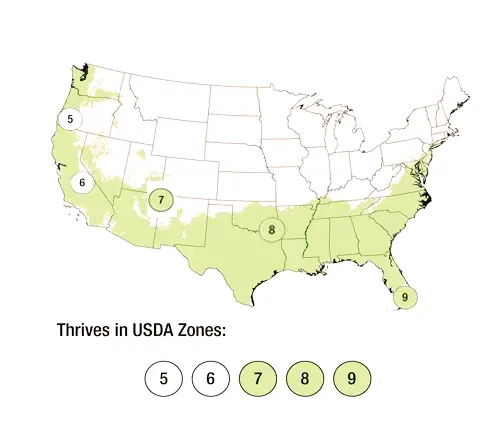
Hardiness Zone
Most Asian Pear varieties are hardy in USDA plant hardiness zones 5 to 9, although specific cultivars may have slightly different zone requirements.
Sun Preferences
Asian Pear trees require full sun, which means they should receive at least 6 to 8 hours of direct sunlight daily for optimal growth and fruit production.
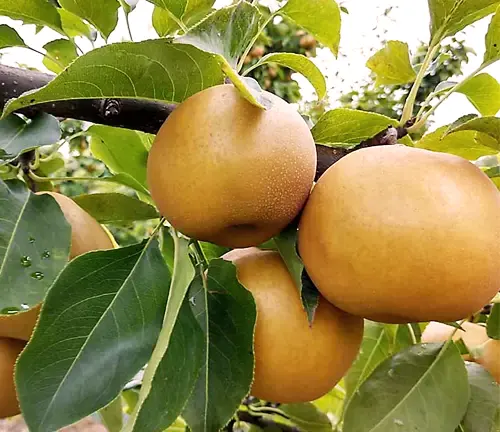
Attributes and Characteristics
Asian Pear trees are known for their unique pear-shaped fruit, which is crisp and sweet, available in various colors. In spring, they bloom with clusters of white or pale pink blossoms, and their dark green, glossy, oval leaves add to their visual appeal.
Wildlife Value
Asian Pear trees can attract various wildlife, including pollinators like bees and butterflies, which are essential for fruit production. Birds may also visit the tree to eat the fruit.
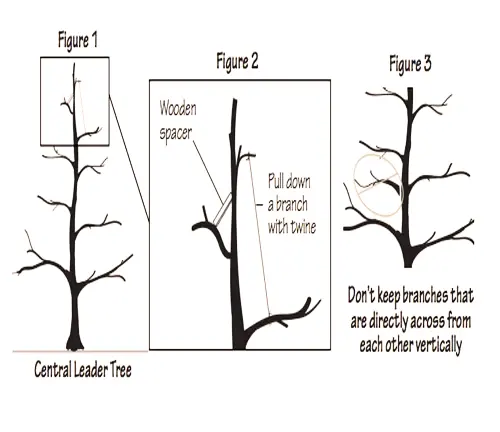
Care
To care for Asian Pear trees, ensure consistent watering, particularly during dry spells, for healthy fruit development and deep root establishment. Apply annual spring fertilization with a balanced fertilizer to encourage growth and fruit production. Prune during the dormant season in late winter or early spring to maintain tree shape, remove dead/diseased branches, and improve air circulation for overall tree health.
Benefits
- Edible Fruit: The primary benefit of Asian Pear trees is their delicious and unique fruit, which is enjoyed fresh or in various culinary dishes.
- Ornamental Value: In addition to their fruit, Asian Pear trees offer ornamental value with their attractive blossoms in the spring and glossy foliage throughout the growing season.
Invasive
Asian Pear trees are not considered invasive, and they do not pose a significant threat to natural ecosystems.
Lifespan
With proper care, Asian Pear trees can live for several decades, with some trees surviving for 50 years or more.
Disadvantages
Asian Pear trees are susceptible to diseases and pests like fire blight, pear psylla, and codling moth, which can impact fruit quality and tree health. Additionally, due to their mature size, they demand ample space, making them less suitable for small gardens or urban settings.

Edible or Not
Yes, Asian Pear fruit is edible and highly sought after for its sweet, crisp texture and pleasant flavor.
Habitat Requirements
Asian Pear trees are adaptable and can thrive in a variety of settings, including orchards, home gardens, and urban landscapes, as long as they receive proper care and sunlight.
Name of Origin
Asian Pears are native to East Asia, particularly China, Japan, and Korea.

Varieties
There are numerous Asian Pear varieties, each with its own unique flavor and appearance. Some popular cultivars include Chojuro, Shinseiki, 20th Century, and Hosui.
Pruning
Pruning Asian Pear trees is essential for shaping the tree, improving air circulation, and removing dead or diseased branches. It’s best done during the dormant season in late winter or early spring.
Propagating
Asian Pear trees can be propagated through methods such as grafting, budding, or rooting hardwood cuttings.
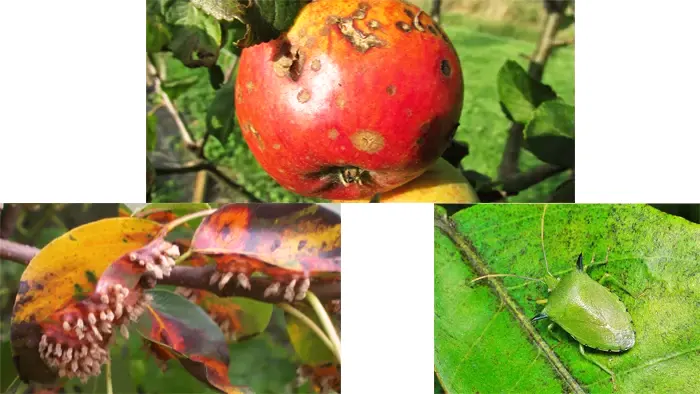
Common Pests & Diseases
Asian Pear trees commonly face three significant challenges. Fire Blight, a bacterial disease, can lead to branch wilting and dieback, requiring sanitation and antibiotic treatments. Pear Psylla, small insects, damage leaves and fruit and can be managed with insecticides or natural predators. Codling Moth larvae can tunnel into fruit, but pheromone traps and organic sprays are effective control methods.
Unearth a new perspective now and delve into our array of Forestry Services. Seize the chance to elevate your journey – it’s an experience you won’t want to pass up!
Fun Facts
- Asian Pears are sometimes referred to as “apple pears” due to their apple-like crispness and pear-like shape.
- The flavor and texture of Asian Pear make them a popular choice for fresh eating, as well as for use in salads and desserts.
- These trees have been cultivated for over 3,000 years in Asia.
FAQs
- When is the best time to plant an Asian Pear tree?
Asian Pear trees are best planted in the late fall or early spring when they are dormant. This allows them to establish their root systems before the growing season begins. - How do I know when Asian Pears are ripe and ready to harvest?
Asian Pear are typically ready to harvest when they are firm and have a bright color. You can also perform a “thumb test” by pressing your thumb near the stem; if it yields slightly, the fruit is ripe. - Can I grow Asian Pear trees in containers or pots?
While it’s possible to grow dwarf Asian Pear varieties in large containers, it’s not ideal. These trees prefer to be planted in the ground, as they can become quite large and require ample space for their root systems. - Do Asian Pear trees require cross-pollination to produce fruit?
Many Asian Pear varieties are self-fertile, meaning they can produce fruit without cross-pollination. However, having two different varieties in close proximity can increase fruit production and quality.
In summary, the Asian Pear tree is a valuable addition to gardens and orchards, offering delicious fruit and aesthetic beauty. While it requires care, including proper soil, watering, and pruning, the rewards are well worth it. Be aware of potential challenges like pests and diseases, and take necessary precautions to protect these fruit-bearing gems. With their unique flavor and captivating appearance, Asian Pear trees enhance both the taste buds and the landscape, making them a cherished presence wherever they grow.


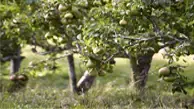


Leave your comment